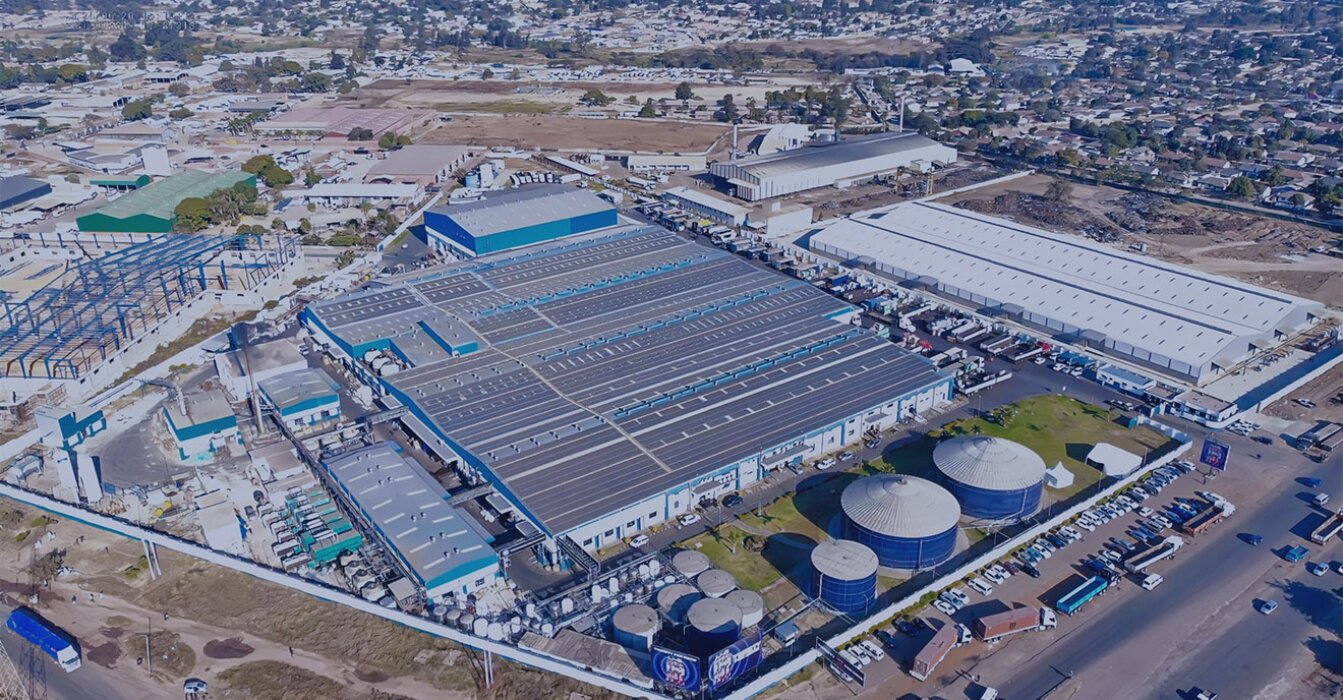Grid Africa, a company involved in renewable energy, has partnered with local miners to construct a 72 MW solar plant, a welcome development that will alleviate the power crisis currently affecting the industry.
By Ryan Chigoche
This project comes at a time when the Zimbabwe Electricity Supply Authority (ZESA) Holdings is struggling to meet the power requirements of the mining sector, forcing miners to seek expensive alternative power sources. In recent weeks, load shedding has increased from about two hours to as much as ten hours, leading miners to rely on generators and solar power to run their operations.
Several miners have identified power as one of their major costs. As a solution to the power woes currently affecting the sector, Grid Africa’s CEO, Norman Moyo, stated that they have secured the power plant project, which will save these miners a significant amount in power costs.
“Grid Africa has successfully secured a project to develop 72 MW of power for multiple mines in Zimbabwe. This initiative is expected to save the mines over $9.2 million annually and aims to significantly decrease energy imports for the participating mines. With the backing of our strategic technology and financing partners, this project is poised to make a significant impact on Zimbabwe’s mining and energy generation landscape,” Moyo said.
However, he did not disclose the names of the miners involved in the project. Highlighting the company’s pedigree, Grid Africa has undertaken projects in Kenya and South Africa, and locally, they have worked with Varun Beverages and tea producer Tanganda to set up 2.5 MW and 1.8 MW solar plants, respectively.
While the majority of large-scale miners have identified power as one of the major cost drivers in their operations, the sector has also emerged as the biggest consumer of electricity in the country.
Currently, the power utility has a generating capacity of 2,000 megawatts (MW), but it produces only 1,400 MW due to regular breakdowns at its thermal power stations and ongoing water shortages at its hydroelectric plant. However, ZESA plans to add 2,300 MW to the grid by 2025, with more than 80% of the new capacity expected to go to the mining sector, which is the country’s biggest energy consumer.
This has prompted the government to give large-scale miners and all ferrochrome miners until 2026 to establish their own power generation facilities in anticipation of continued economic growth, which is expected to push power demand above 3,000 megawatts within the next two years.
Heeding this call, apart from this investment, several local miners have invested millions in solar plants. Namely Dinson Iron and Steel Company, Zimplats, Caledonia, Mimosa, and Eureka Mine all have approved budgets, with several already in the middle of their projects.
Additionally, ZESA Executive Chairman Sydney Gata recently revealed that local ferrochrome miners are embarking on a major power initiative, starting with the construction of a 300 MW thermal power project in Hwange, with the first 100 MW expected to come online by mid-2025.
He added that a new 720 MW thermal power station will commence construction this quarter, designed to supply both self-generated power and additional electricity to other ferrochrome companies.
Power shortages have a significant effect on the productive sector, as they translate into lower economic growth and reduced household incomes.
Supply shortages are costing Zimbabwe an estimated 6.1% of GDP per year, according to a World Bank (WB) report released earlier this year. In its medium-term projections, the World Bank expects Zimbabwe’s electricity demand to grow from 1,950 MW in 2022 to 5,177 MW by 2030, driven primarily by increasing demand from the mining and agriculture sectors.
.png)




